Q
proton x70 berapa seater
The Proton X70 is a 5 - seater SUV that’s perfect for families or small groups hitting the road. Its roomy cabin and comfy seat design mean passengers stay relaxed even on long drives, and the split - folding rear seats let you bump up the boot space when you need it, super practical for those weekend getaways or shopping sprees. Tech - wise, it’s loaded with features like a touchscreen infotainment system and advanced driver - assist features, making every drive easier and safer. As Malaysia’s homegrown flagship SUV, the X70 has garnered the favor of many consumers with its solid value for money and reliable performance. The powertrain also achieves a good balance too – it’s fuel - efficient enough for city commutes but still has the oomph for those outdoor jaunts. If you’re a Malaysian shopper eyeing a mid - size SUV, the Proton X70 should definitely be on your shortlist. It checks all the boxes for daily use while still delivering a decent driving feel and handy features.
Special Disclaimer: This content is published by users and does not represent the views or position of PCauto.
Related Q&A
Q
What is EPB malfunctions on Proton X70?
EPB malfunctions (Electronic Parking Brake System malfunctions) on the Proton X70 usually manifest as a warning light illuminating on the dashboard or the system failing to start/release properly. Common causes include the system triggering protection due to excessive brake pad wear, abnormal signals from electronic sensors, insufficient battery voltage affecting module power supply, or the need for software upgrade and reset. When encountering this problem, it is recommended to first try manually resetting by pressing the brake pedal firmly and pulling up the EPB switch for 3 seconds with the vehicle powered on. If it doesn't work, a professional diagnostic tool should be used to read the fault codes. Special attention should be paid to checking the thickness of the brake pads (replace them if they are less than 3mm) and the condition of the wiring connections.
As an electronic component, the EPB system relies more on the stability of the vehicle's overall electrical system than traditional handbrakes. Therefore, during regular maintenance, attention should be paid to checking the health of the battery (especially in hot climates), and long - term parking that may drain the battery should be avoided. The EPB system of the Proton X70 works in conjunction with the ESP Vehicle Stability System. If the malfunction persists, the Auto Hold function may fail. In this case, the authorized service center should be contacted promptly to avoid affecting driving safety.
The rainy and humid environment in Malaysia may accelerate the oxidation of the braking system. It is recommended to check the lubrication of the brake caliper guides every 20,000 kilometers, which is very helpful for maintaining the sensitivity of the EPB actuator.
Q
How many cc is a Proton x70 engine?
The Proton X70 comes with two engine displacement options: a 1.5-liter turbocharged (1498cc) and a 1.8-liter turbocharged (1798cc), depending on the vehicle configuration. The 1.5T version uses direct injection technology, with a maximum horsepower of 177hp and a peak torque of 255Nm. The 1.8T version offers 184hp and 300Nm of torque. Both are paired with a 7-speed dual-clutch transmission.
As the main SUV of a Malaysian local brand, the Proton X70's engine technology is derived from the power platform jointly developed by Geely and Volvo. It balances fuel economy and power performance, making it suitable for Malaysia's diverse road conditions. The turbocharged engine can deliver high torque at low RPMs, which is especially suitable for city driving and climbing mountain roads. The direct injection technology can improve combustion efficiency and reduce fuel consumption.
It's worth noting that engine displacement (cc) doesn't directly equal power output. Other factors such as turbocharging and transmission tuning also need to be considered. That's why the 1.5T engine of the Proton X70 can rival the performance of a traditional 2.0-liter naturally aspirated engine.
Q
How to use cruise control Proton X70?
Using the cruise control function of the Proton X70 is extremely simple. First, make sure the vehicle is traveling at a speed of over 40 km/h. Then, press the cruise control button on the left side of the steering wheel to activate the system. At this time, the cruise control symbol will appear on the dashboard. Next, use the "+" or "-" buttons to set the desired speed. After setting, release the accelerator pedal, and the vehicle will maintain a constant speed. If you need to temporarily cancel the cruise control, gently tap the brake or press the cancel button. To turn it off completely, press the main cruise control button again.
It's worth noting that the cruise control system of the Proton X70 may automatically adjust the throttle on steep slopes to maintain the set speed. This is a normal phenomenon. Additionally, extra caution is required when using this system on rainy or slippery roads. It is recommended to keep a greater safety distance. The cruise control function is most suitable for long - distance driving on highways or other roads with good conditions, which can effectively reduce driving fatigue. However, drivers still need to stay focused and be ready to take over vehicle control at any time, as the system cannot recognize sudden obstacles or complex road conditions.
There may be slight differences in the cruise control details of Proton X70s from different years. It is recommended that owners also refer to the user manual that comes with the vehicle for specific operation instructions.
Q
What is boss seat switch Proton X70?
The Boss seat switch is a convenient feature of the Proton X70. It's mainly installed on the side of the front passenger seat, allowing rear - seat passengers (especially those in the "boss seat" on the right rear) to directly adjust the front - passenger seat's forward and backward position and backrest angle. This helps to increase legroom and enhance seating comfort. This design is commonly seen in mid - to high - end SUVs, highlighting the X70's practicality for business use.
As one of the most popular SUVs locally, the Proton X70's Boss seat switch is easy to operate. You just need to press the switch and move the seat to make adjustments, without having to bend over or exert much effort. It's especially suitable for family outings or business receptions.
Apart from this feature, the X70 also comes with luxury configurations such as a panoramic sunroof and Nappa leather seats. Its overall cost - effectiveness is quite competitive in the Malaysian market. It is recommended that car owners clean the switch contacts regularly to prevent dust from affecting the sensitivity. At the same time, refer to the user manual to understand the specific operation details. This kind of user - friendly design also reflects Proton's careful consideration of user needs.
Q
Does the Proton X70 Support remote start?
Yes, the Proton X70 is indeed equipped with a Remote Start function. This feature can be operated via the smart key or a mobile app (such as the Proton Link App), allowing the owner to start the engine from a distance and turn on the air - conditioning system in advance. It's especially practical in Malaysia's hot weather. The Remote Start usually needs to be used within a certain effective range, and the vehicle must be in a locked state to ensure safety.
Apart from the Remote Start, the Proton X70 also comes with other intelligent technology configurations, like keyless entry, automatic air - conditioning, and an advanced infotainment system, which further enhance driving convenience and comfort. It should be noted that when using the Remote Start, it is recommended to ensure that the vehicle is parked in a well - ventilated area to avoid unnecessary fuel consumption or emission problems caused by long - term idling.
As a popular local SUV, the Proton X70's technological configuration and practical design fully take into account the needs of Malaysian users, providing more convenient options for daily use.
Q
What is the crash rating of the Proton X70?
The Proton X70 has achieved a 5-star rating in the ASEAN NCAP crash safety test, which is the highest safety level in this testing system. This indicates that it performs excellently in adult occupant protection, child occupant protection, and safety assistance technologies. Specifically, the Proton X70 demonstrated good occupant protection capabilities in both frontal and side impact tests. The use of its body structure and high-strength steel effectively absorbed the collision energy. Meanwhile, it comes standard with safety features such as six airbags, Electronic Stability Control (ESC), and Anti-lock Braking System (ABS), which further enhance its safety. For Malaysian consumers, the ASEAN NCAP rating is an important reference standard because it is specifically optimized for the road conditions and driving environments in Southeast Asia. Compared with other global rating systems like Euro NCAP or IIHS, it is closer to the local actual needs. Additionally, the Proton X70 is also equipped with advanced driver assistance systems such as Autonomous Emergency Braking (AEB) and Lane Keeping Assist (LKA). These functions can effectively reduce the risk of accidents in daily driving. Choosing a vehicle with a high safety rating can not only protect the passengers but also ensure better resale value in the used car market. Therefore, the 5-star rating of the Proton X70 is one of its significant advantages.
Q
Does the Proton X70 Support Android Auto?
Yes, the Proton X70 does support the Android Auto feature. This configuration allows drivers to seamlessly connect their Android phones to the in - car infotainment system, enabling them to use applications such as navigation, music, and make calls, thereby enhancing driving convenience and safety. As the flagship SUV of a Malaysian local brand, the Proton X70 has always kept up with market demands in terms of technological configurations. Apart from Android Auto, some high - end models are also equipped with Apple CarPlay, voice control, and advanced driving assistance systems, providing users with a more intelligent driving experience.
It should be noted that when using Android Auto, you need to connect your phone via the original USB data cable and ensure that your phone's system version meets the requirements. If you encounter connection problems, it is recommended to check the quality of the cable or update your phone's system. You can also refer to the owner's manual or contact the Proton authorized service center for technical support.
For Malaysian consumers who value intelligent connectivity features, the Proton X70's such configurations offer good competitiveness among vehicles in the same class. Especially when combined with its local after - sales network and cost - effectiveness advantages, it is definitely worth considering.
Q
How much petrol does the Proton X70 consume?
As a popular SUV in the Malaysian market, the fuel consumption of the Proton X70 varies depending on the vehicle configuration and driving conditions. According to official data, the combined-cycle fuel consumption of the 1.5L turbocharged version is approximately 7.6L per 100km, while that of the 1.8L turbocharged version is slightly higher, around 8.2L per 100km. The actual fuel consumption may fluctuate by 10%-15% depending on road conditions such as city congestion or highway cruising.
The mild-hybrid electric vehicle (MHEV) system installed in this car can assist in reducing fuel consumption during the starting phase. Meanwhile, the powertrain jointly developed by Proton and Geely focuses on fuel-economy tuning. Malaysian consumers should note that frequent use of the air-conditioner in hot weather or driving in mountainous areas may increase fuel consumption. Regular maintenance (such as replacing the air filter and spark plugs) helps maintain optimal performance.
SUVs in the same class, such as the Honda CR-V or Mazda CX-5, have similar fuel-consumption performance. It is recommended that you take a test drive on your daily commuting route before purchasing a car to obtain real-world data. In the long run, choosing a vehicle that suits your driving habits can better optimize your vehicle-using costs.
Q
What is the alternative to the Proton X70?
Malaysian consumers looking for an alternative to the Proton X70 can consider mid-sized SUVs in the same class, such as the Honda CR-V, Mazda CX-5, or Toyota RAV4. These models perform well in terms of space, comfort, and brand reputation. If you have a lower budget, Proton's own X50 is also a good option. It's slightly smaller in size but more affordable, making it suitable for city driving. If you prefer new energy vehicles, the BYD Atto 3 or the upcoming Hyundai Kona Electric are worth your attention. They offer pure-electric power and advanced technological features.
When making a purchase, it's recommended to compare the power performance, fuel consumption, warranty policies, and after-sales service networks of different models according to your own needs. The tropical climate and road conditions in Malaysia place certain requirements on the vehicle's air-conditioning system and suspension durability. Therefore, a test drive is especially important. Additionally, some brands offer extended warranties or free maintenance packages, which can reduce the long-term cost of vehicle ownership.
Q
How long is the warranty on the Proton X70 battery?
The battery of the Proton X70 comes with an 8 - year or 150,000 - kilometer warranty, whichever comes first. This warranty policy covers potential manufacturing defects of the battery under normal use, ensuring that car owners don't have to worry about the high cost of battery replacement for a long time.
In addition to the battery, other core components of the Proton X70, such as the engine and the gearbox, also enjoy a 5 - year or 150,000 - kilometer warranty. The warranty for the entire vehicle is 5 years or unlimited mileage, which shows Proton's confidence in the product quality.
For electric or hybrid models, battery life and warranty are key concerns for consumers. The battery warranty policy of the Proton X70 is quite generous in the Malaysian market and can effectively reduce the long - term usage cost for car owners.
Moreover, it is recommended that car owners regularly go to Proton - authorized service centers for battery health checks to ensure the battery is always in the best condition. At the same time, following the official recommended charging and maintenance methods can further extend the battery's service life.
Latest Q&A
Q
How reliable is Mazda CX-5 engine?
Mazda's CX-5 has built a solid reputation in Malaysia thanks to its Skyactiv-G engine lineup, widely praised for its highly reliable performance and impressive fuel economy. These naturally aspirated powerplants combine direct injection technology with a high compression ratio, striking a nice balance between dynamic performance and eco-friendly efficiency. Local owners consistently report minimal issues even after years of use, and the post-2017 models saw noticeable upgrades in cooling system efficiency and transmission tuning, which improved significantly. Mazda's Skyactiv technology deserves special mention here—it's not just about the engine. The whole lightweight design philosophy and precision-engineered components really enhance durability across the board. That said, sticking to the official maintenance schedule is key, especially swapping in full synthetic oil every 10,000 km. If you live in Malaysia's tropical climate, keep a close eye on your coolant levels and make sure to get those throttle bodies cleaned regularly to avoid any performance issues. Stacked against its peers, the CX-5's engine is noticeably smoother than most turbocharged rivals. It might not have the immediate acceleration you get from some German models when you floor it, but the trade-off comes in much lower repair bills, which is very appealing to family buyers who prioritize hassle-free long-term ownership. To sweeten the deal, Mazda Malaysia backs it with a 5-year factory warranty, which definitely takes some of the stress out of car ownership. If you're in the market, it is strongly recommended to check out certified pre-owned examples or purchase new cars from official dealerships—you can have peace of mind knowing that full aftersales support is there if you need it.
Q
Which engine is the Mazda CX-5 equipped with, V-four or V-six cylinder engine?
In Malaysia, the Mazda CX-5 comes packing Skyactiv-G inline-four engines – nope, not V4 or V6. Right now, petrol options are the 2.0L and 2.5L, both naturally aspirated, though some overseas markets do get the Skyactiv-D diesel too. Mazda's Skyactiv tech is all about balancing fuel efficiency with power, using high compression ratios and lightweight designs to boost performance. Local owners tend to rave about how smooth and reliable these four-cylinders are.
It's worth remembering that V-shaped engines like V6s are usually reserved for higher-performance or luxury models – they're more complex and costly to build. As a family SUV, the CX-5's four-cylinder setup makes total sense, striking a better balance between daily-driving economy and easy maintenance.
For Malaysian buyers, it really boils down to your needs. If you want smooth driving and good fuel economy, the CX-5's current four-cylinder powertrains should do the trick, and Mazda's Skyactiv tech has earned its stripes. As for whether the brand will bring in other engine options down the line? We'll have to wait for official word on that.
Q
How to open the fuel filler cap of Jeep Wrangler?
To open the fuel cap on a Jeep Wrangler, first make sure the vehicle is completely turned off. Then, locate the fuel door on the rear right side of the vehicle. Press the release button on the outside of the fuel door—on some models, you might need to unlock the doors first—and then gently pull it open. It's worth noting that certain model years of the Wrangler feature a twist-off cap design; for those, simply turn the cap counterclockwise to open it.
Given Malaysia's hot and rainy climate, it's a good idea to regularly check the fuel cap's seal to prevent fuel evaporation or water intrusion caused by rubber deterioration. As a rugged off-roader, the Wrangler's fuel system is generally more dust and water-resistant than your average SUV. If you ever struggle to open the fuel door, it could be due to mud and debris buildup after off-roading—try rinsing it with clean water and then attempt again. We recommend keeping a spare fuel cap key handy in case the electronic release system acts up. For long-term storage, consider using a fuel cap dust cover for extra protection.
Q
How fast can a Jeep Wrangler run?
The top speed of a Jeep Wrangler varies depending on the specific model and engine setup. Take the 2.0-liter turbocharged version you'll commonly find in Malaysia, for example – it's electronically limited to around 180 km/h. Step up to the 3.6-liter V6, and you're looking at a top end closer to 190 km/h. But let's be real, actual speeds can dip based on road conditions, how much you're hauling, and even your tires.
Here's the thing: the Wrangler is built for off-roading glory, not tearing up the tarmac. Its bread and butter is low-end torque and crawling over gnarly terrain, not chasing lap times. That body-on-frame construction and sky-high ground clearance? They're total rock stars on the trail, but on the highway, they create more wind resistance than a barn door. That's part of why it's not breaking land speed records.
And hey, let's not forget – Malaysia's highway speed limit tops out at 110 km/h. Always better to play it safe and stick to the rules. If you're really into what makes a Wrangler tick as an off-roader, keep your eye on the good stuff: 37 degrees of approach angle, 31 degrees of departure angle, and a 760-millimeter water-fording depth. That's where this Jeep truly shines.
Q
What type of vehicle is a Jeep Wrangler?
The Jeep Wrangler is a classic rugged off-roader, renowned for its exceptional 4x4 capability and tough-as-nails body-on-frame construction. It’s a perfect fit for Malaysia’s diverse landscapes, handling both city commutes and outdoor adventures with equal ease. Built on a solid ladder frame, it comes packing a robust four-wheel-drive system and generous ground clearance, making short work of muddy trails, sandy patches, and other tricky terrain. And let’s not forget those removable doors and roof – they’re pure fun, adding that open-air freedom we all crave.
In Malaysia, the Wrangler has a huge following among off-road enthusiasts and outdoor lovers. Its iconic design and proven reliability strike the perfect balance between practicality and head-turning personality. Plus, Jeep offers a range of powertrains, including petrol and plug-in hybrid options, so there’s something for every kind of driver. They’ve also been upping their tech game lately, with user-friendly touchscreen infotainment systems and advanced driver-assistance features that make daily drives more convenient and comfortable than ever.
View MoreRelated News

Proton X70 interior design fully revealed: Suitable for both home and business use
JohnJul 7, 2025
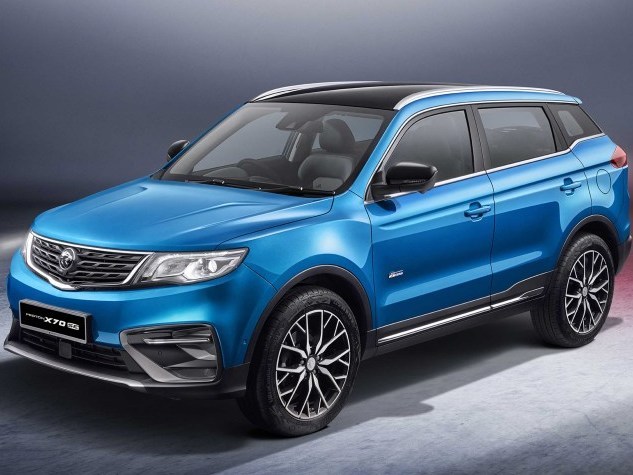
Space, Interior & Power: How Does the Proton X70 Excel in Every Aspect?
WilliamApr 14, 2025
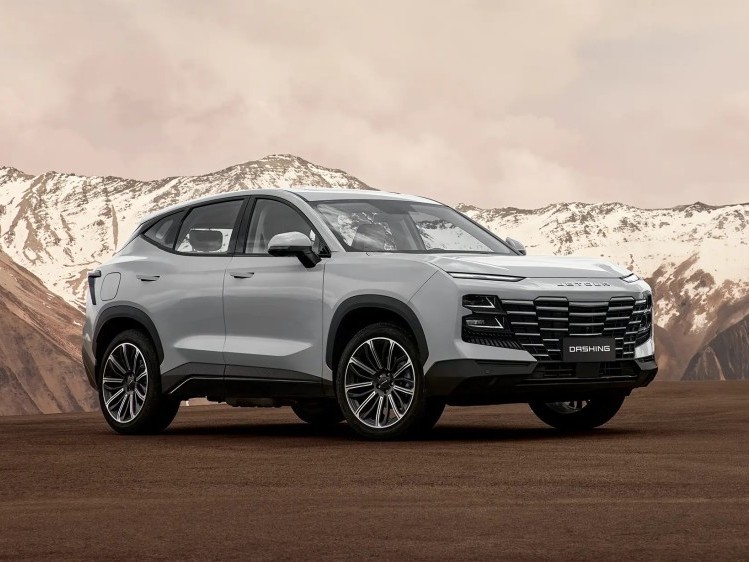
Jetour Dashing Set to Launch in Malaysia on April 9, Competing with the CR-V
MichaelApr 3, 2025
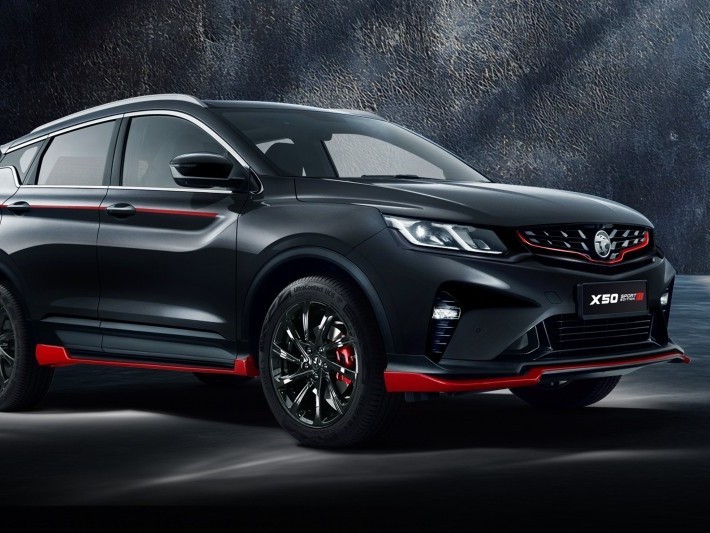
In 2025, should you choose the Proton X50 or X70?
RobertFeb 28, 2025
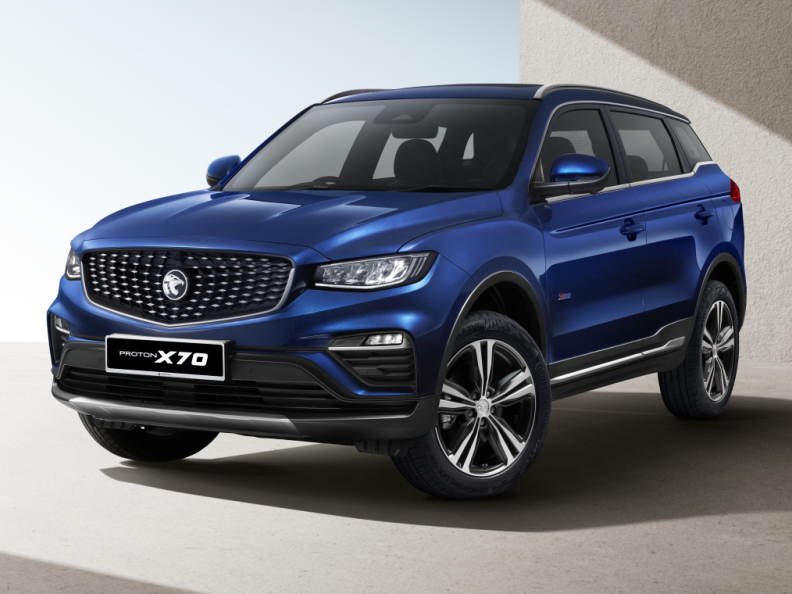
What is the fuel consumption of X70? Is X70 a worthwhile SUV to buy?
RobertFeb 27, 2025
View More



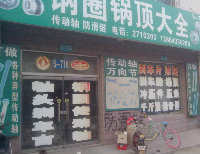
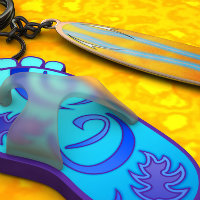







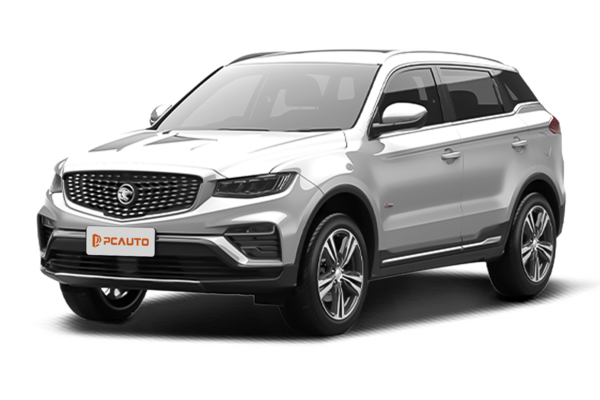





Pros
Cons